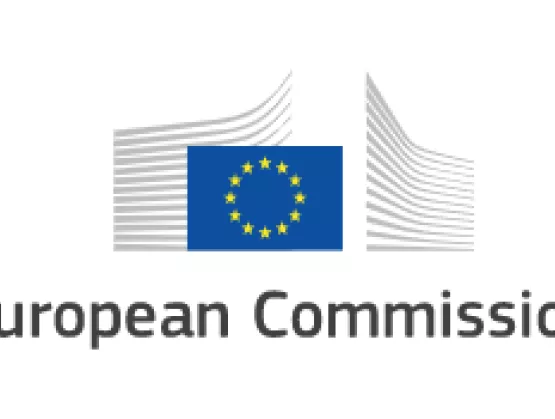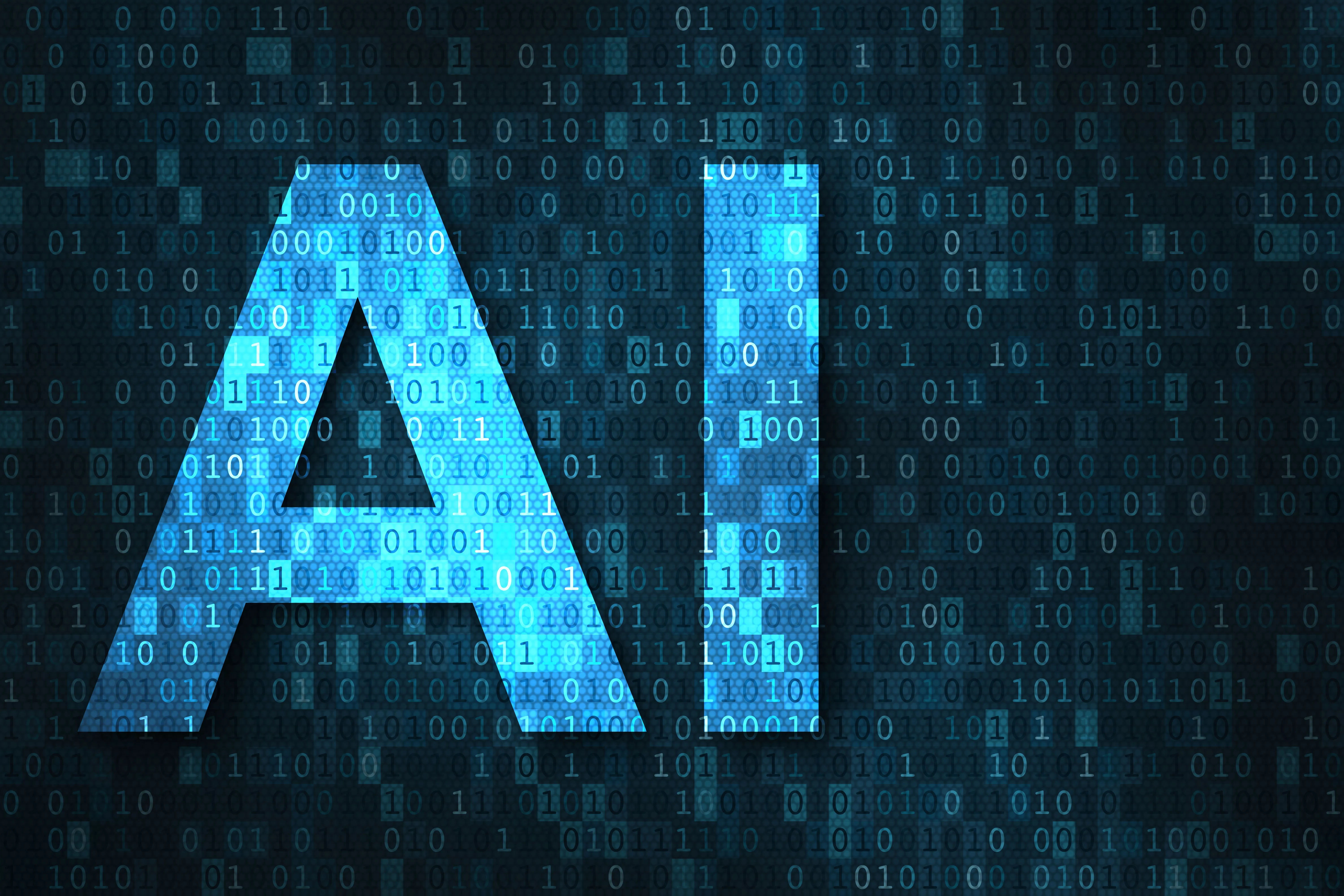
SEMI has confirmed in consultation with the European Commission that the current Machinery Directive is fit for purpose and therefore no changes to its substance are required. The Commission consulted SEMI and other industry groups representing machinery sectors to solicit ideas for revisions to the Machinery Directive.
Under the Directive, manufacturers must meet health and safety requirements to place machinery on the EU market. The Directive is especially pertinent to the electronics manufacturing sector represented by SEMI and, in particular, semiconductor manufacturing equipment producers in Europe and globally.
Following is a summary of information SEMI provided to the European Commission, focused on the impact of emerging technologies such as artificial intelligence (AI) on health and safety within the scope of the Machinery Directive. SEMI’s official answers submitted to the European Commission can be found here.
Artificial intelligence, algorithms and machine learning
 Many microelectronic device manufacturers represented by SEMI are already using AI applications to improve machinery (semiconductor manufacturing equipment) performance. Today’s microelectronic device fabs embed AI to manage massive amounts of fault detection data, increase manufacturing efficiency and improve yields. For instance, AI enables the real-time collection and monitoring of big data, then alerts fab system administrators of any hardware failures or other operating abnormalities.
Many microelectronic device manufacturers represented by SEMI are already using AI applications to improve machinery (semiconductor manufacturing equipment) performance. Today’s microelectronic device fabs embed AI to manage massive amounts of fault detection data, increase manufacturing efficiency and improve yields. For instance, AI enables the real-time collection and monitoring of big data, then alerts fab system administrators of any hardware failures or other operating abnormalities.
AI also makes it possible to automate adjustments and corrections to manufacturing processes by providing feedback that can drive higher processing efficiency. SEMI members confirm that the Machinery Directive is well-adapted to emerging technologies, including AI. While the Directive specifies health and safety requirements machinery manufacturers must meet, it remains technology neutral. The Directive entrusts organizations with expertise in standards development to achieve compliance by defining technical specifications.
Cybersecurity and cyberthreats
Cyberthreats include any unauthorized manipulation of a device or modification of its configuration (see ENISA - Good practices for Security of Internet of Things in the context of Smart Manufacturing). These and other intentional cyberattacks are criminal acts outside the scope of the Machinery Directive and not addressed by machinery safety standards. Risk assessment standards harmonized to the Machinery Directive (e.g. ISO 12100) do not explicitly address IT security attacks, which are categorized as intentional abuses and criminal acts.
 The determination of the limits of the machinery as part of the strategy for risk assessment and risk reduction in ISO 12100 only considers the intended use and any reasonably foreseeable misuse (see ISO 12100:2010, Clause 4). External IT security attacks and their safety implications (via vulnerabilities of the machine control system or other electronic parts) are not considered reasonably foreseeable misuse. However, vulnerabilities to IT security attacks are considered by machinery manufacturers when machinery is designed to be connected to the Internet or other IT systems that can be a conduit for cyberattacks. In this case, the manufacturer refers to the guidance available in ISO/TR 22100-4.
The determination of the limits of the machinery as part of the strategy for risk assessment and risk reduction in ISO 12100 only considers the intended use and any reasonably foreseeable misuse (see ISO 12100:2010, Clause 4). External IT security attacks and their safety implications (via vulnerabilities of the machine control system or other electronic parts) are not considered reasonably foreseeable misuse. However, vulnerabilities to IT security attacks are considered by machinery manufacturers when machinery is designed to be connected to the Internet or other IT systems that can be a conduit for cyberattacks. In this case, the manufacturer refers to the guidance available in ISO/TR 22100-4.
In addition, the recently communicated EU Cybersecurity Act introduces, for the first time, EU-wide rules for the cybersecurity certification of products. The main objective of the Cybersecurity Act is to achieve a high level of cyber-resilience and cybersecurity in Information and Communication Technology (ICT) products. The Act defines ICT products as an element or a group of network and information systems to ensure that future cybersecurity schemes specify product categories, cybersecurity requirements, standards references, evaluation protocols (e.g. self-assessment or third-party evaluation), and security assurance levels. In this light, revising the Machinery Directive to address cyberthreats, while the EU Cybersecurity Act already does so, could introduce uncertainty for manufacturers of network-connected machinery.
Robotics
Annex I of the Machinery Directive requires machinery to be designed and constructed so that it is fitted for its function, and can be operated, adjusted and maintained without putting persons at risk when these operations are carried out under the conditions foreseen. It is also required that machinery must be designed and constructed in such a way as to prevent abnormal use if such use would engender a risk. This requirement is adapted for environments where robots and humans share the same operating space.
 In some semiconductor manufacturing fabs, a class of robots that is called automated guided vehicles (AGVs) or rail guided vehicles (RGVs) transport wafer carriers and load/unload carriers to/from semiconductor manufacturing equipment. In such fabs, taking the Machinery Directive into account, robots (AGVs or RGVs) are designed and constructed considering any shared-space risks. SEMI confirms that the Machinery Directive and existing industry standards (e.g. SEMI-S17) already provide detailed and well-functioning guidance to mitigate health and safety risks related to such robots (AGVs or RGVs).
In some semiconductor manufacturing fabs, a class of robots that is called automated guided vehicles (AGVs) or rail guided vehicles (RGVs) transport wafer carriers and load/unload carriers to/from semiconductor manufacturing equipment. In such fabs, taking the Machinery Directive into account, robots (AGVs or RGVs) are designed and constructed considering any shared-space risks. SEMI confirms that the Machinery Directive and existing industry standards (e.g. SEMI-S17) already provide detailed and well-functioning guidance to mitigate health and safety risks related to such robots (AGVs or RGVs).
Digitization and translation of user manuals
SEMI members have reported no issues with the initial user manual (‘Original instructions’ in Annex 1 of the Machinery Directive) provided in the official Community language by machinery manufacturers, though translating the original version to other languages of the EU Member States where the machinery is placed on the market sometimes causes problems. There are cases where the machine users report that the translated version is not clear. Also important, translating user manuals to multiple EU languages is considered a critical cost factor in our sector. SEMI members see huge benefits in digital user manuals in English. This could provide tremendous benefits both to machinery manufacturer and user. When a machine is updated after installation, the manufacturer posts digital updates of manuals online or sends them directly to the user for easy reference any time.
 By providing end users with digital manuals, semiconductor manufacturing equipment suppliers save time while reducing costs, manual errors and environmental impacts. Digital manuals allow authors and subject matter experts to revise manuals quickly and easily. For machine users, digital manuals make searches for the documents fast and easy. SEMI members favour having digital manuals in English since the software implemented in semiconductor manufacturing equipment runs in English and its operation training programs are delivered in English.
By providing end users with digital manuals, semiconductor manufacturing equipment suppliers save time while reducing costs, manual errors and environmental impacts. Digital manuals allow authors and subject matter experts to revise manuals quickly and easily. For machine users, digital manuals make searches for the documents fast and easy. SEMI members favour having digital manuals in English since the software implemented in semiconductor manufacturing equipment runs in English and its operation training programs are delivered in English.
In short, SEMI members are convinced that the current Machinery Directive is still fit for purpose and does not cause any legal gaps concerning health and safety. SEMI members have been using AI applications for years, without posing any health and safety risks. The Directive provides essential health and safety requirements but remains technology-neutral and allows manufacturers to comply by using harmonized standards aligned with the state-of-the-art technologies. While no drastic revision is needed, SEMI members fully support the idea of using digital user manuals and relaxed translation requirements, which can be agreed on by the machinery user and manufacturer.
Emir Demircan is director of Public Policy at SEMI Europe. Contact Emir at edemircan@semi.org , 0032484903114.